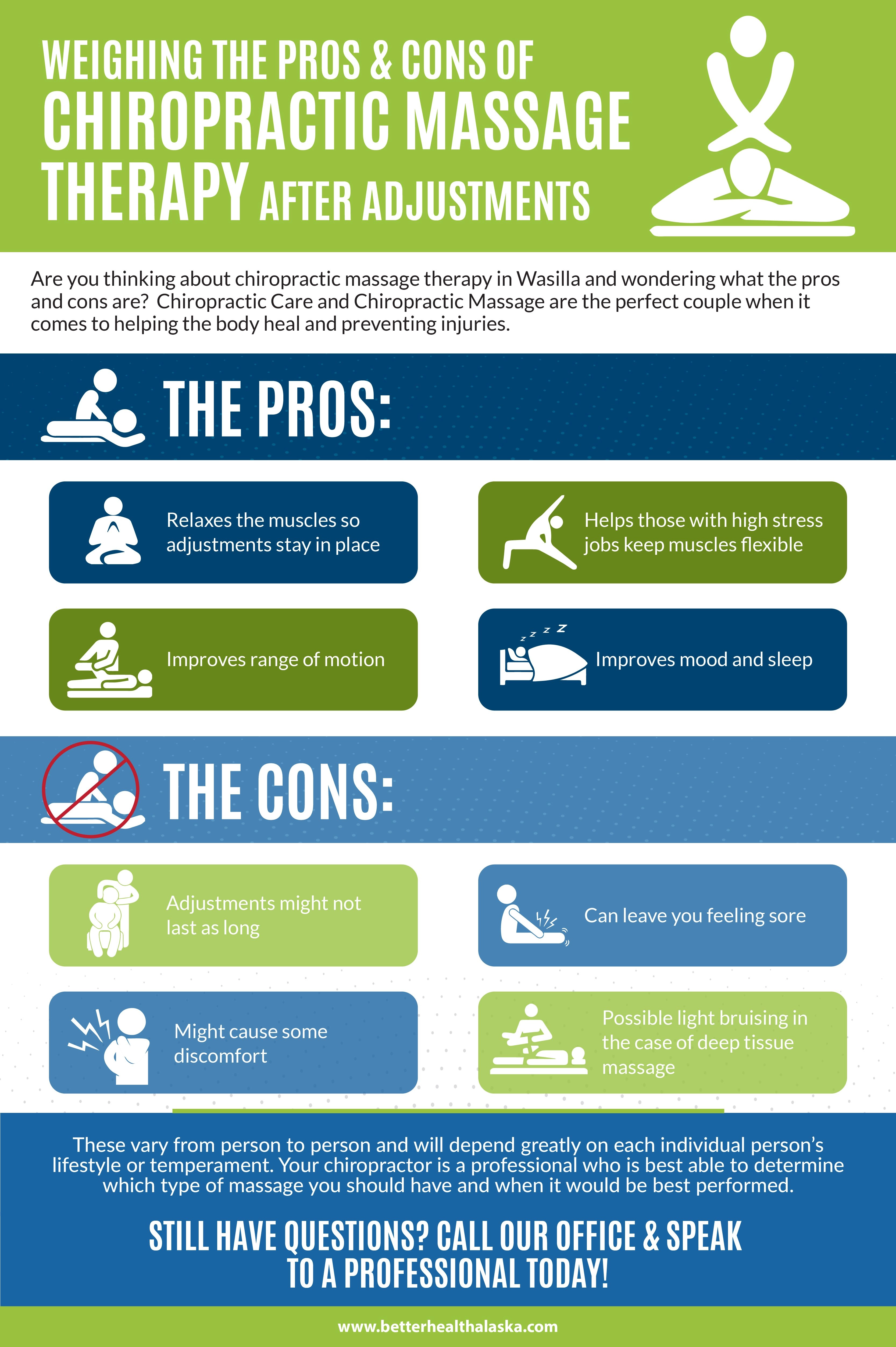The Impact Of Stance On Pain In The Back: Standards For Maintaining Great Placement Throughout Your Everyday Routine
The Impact Of Stance On Pain In The Back: Standards For Maintaining Great Placement Throughout Your Everyday Routine
Blog Article
Write-Up Written By-Ibrahim Preston
Maintaining proper position isn't nearly sitting up straight; it's about aligning your body in a manner that supports your back and lowers the threat of pain in the back. The method you sit, stand, and relocate throughout the day can considerably affect your spine health. But exactly how specifically can you ensure excellent placement continually, even during busy days full of different activities? Let's dive deeper right into the refined yet impactful changes you can make to your daily routine to maintain your back delighted and healthy.
Importance of Appropriate Stance
Proper posture is critical in preserving a healthy back and preventing discomfort. When you sit or stand with good position, your spinal column is in positioning, reducing stress on your muscle mass, ligaments, and joints. This positioning enables the body to distribute weight uniformly, stopping too much anxiety on specific areas that can bring about pain and discomfort. By maintaining your back properly lined up, you can additionally improve your breathing and food digestion, as slouching can press organs and limit their functionality.
Moreover, maintaining https://pain-relief-chiropractic51728.blogdeazar.com/32241553/a-newbie-s-overview-to-recognizing-various-sorts-of-pain-in-the-back-causes-and-treatments can enhance your general appearance and self-confidence. When you stand tall with your shoulders back and head held high, you show confidence and appear even more approachable. Great stance can additionally make you feel a lot more energized and alert, as it promotes proper blood flow and enables your muscle mass to work efficiently.
Incorporating appropriate position into your daily routine, whether resting at a workdesk, walking, or exercising, is important for preventing back pain and advertising overall well-being. Bear in mind, a small change in just how you hold on your own can make a considerable difference in how you really feel and function throughout the day.
Common Postural Mistakes
When it involves keeping excellent stance, numerous people unknowingly make typical blunders that can add to pain in the back and discomfort. Among one of the most prevalent errors is slouching or stooping over while sitting or standing. This position places excessive stress on the spinal column and can result in muscular tissue discrepancies and discomfort in the future.
Another common mistake is overarching the reduced back, which can squash the all-natural contour of the spine and cause pain. Additionally, crossing legs while sitting may feel comfy, however it can create an imbalance in the hips and pelvis, causing postural issues.
Utilizing a pillow that's as well soft or as well strong while sleeping can also influence your alignment and add to pain in the back. Finally, constantly craning your neck to check out screens or adjusting your position frequently can strain the neck and shoulders. Being mindful of these usual postural errors can assist you keep far better placement and minimize the risk of neck and back pain.
Tips for Correcting Alignment
To boost your placement and lower back pain, it's essential to concentrate on making small modifications throughout your day-to-day regimen. Start by bearing in mind your posture. When sitting, ensure your feet are flat on the floor, your back is straight, and your shoulders are relaxed. Avoid slouching or leaning to one side. Usage ergonomic chairs or pillows to sustain your reduced back.
When standing, disperse your weight uniformly on both feet, maintain your knees slightly bent, and tuck in your hips. Engage your core muscles to support your spine. Take breaks to extend and walk around if you have a less active work. Incorporate exercises that reinforce your core and back muscular tissues, such as slabs or bridges.
While resting, use a cushion that sustains the all-natural contour of your neck to maintain proper spinal alignment. Prevent sleeping on your tummy, as it can stress your neck and back. By bearing in mind these tips and making small modifications, you can gradually remedy your alignment and ease back pain.
Conclusion
Keep in mind, keeping excellent position is key to avoid neck and back pain and promoting spinal health and wellness. By bearing in mind your alignment, dispersing weight equally, and engaging your core muscles, you can minimize pressure on your back and minimize the risk of pain and injury. Include ergonomic assistance, take routine breaks to extend, and enhance your core and back muscle mass to keep correct positioning throughout the day. Your back will thank you for it!
